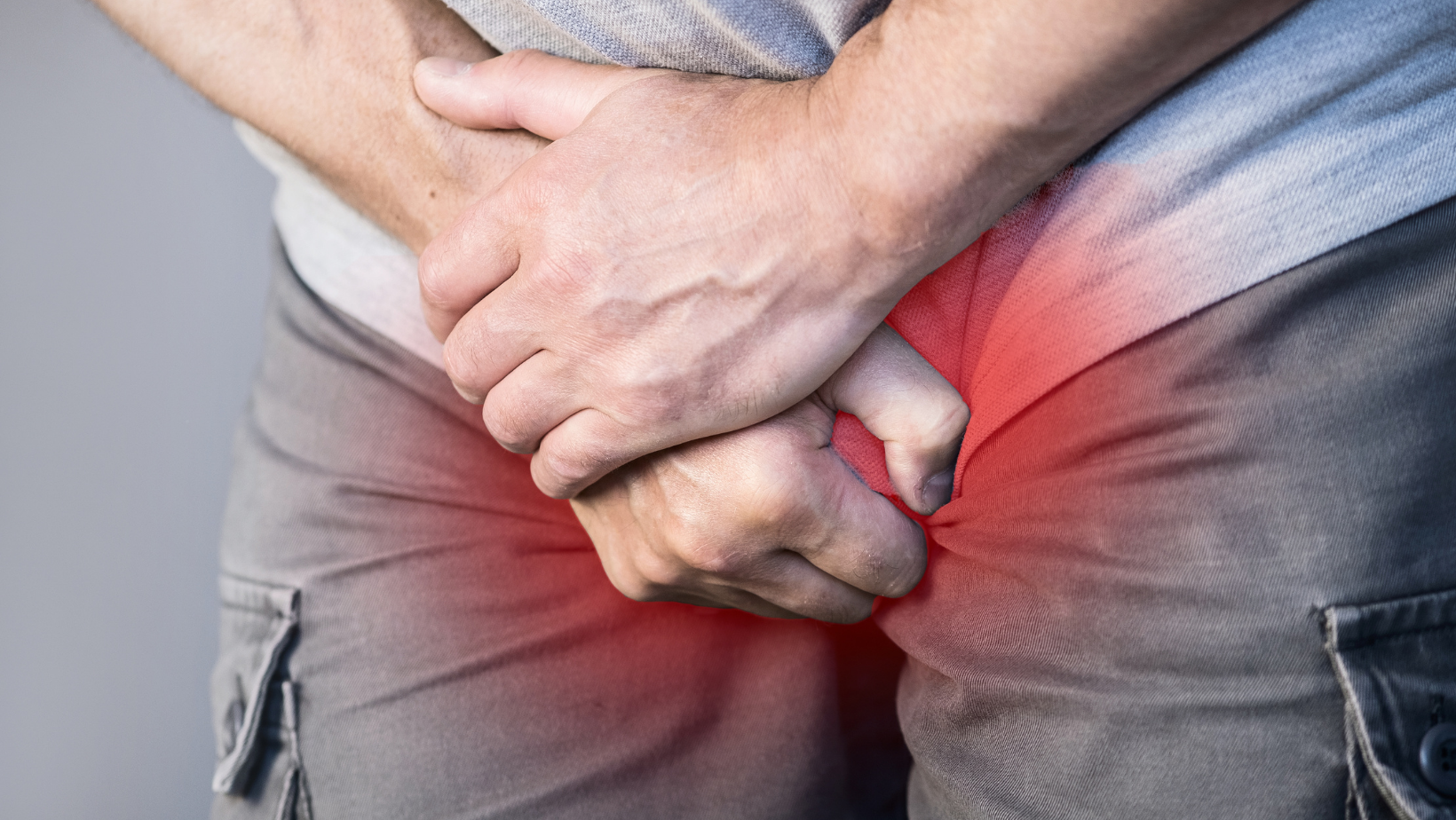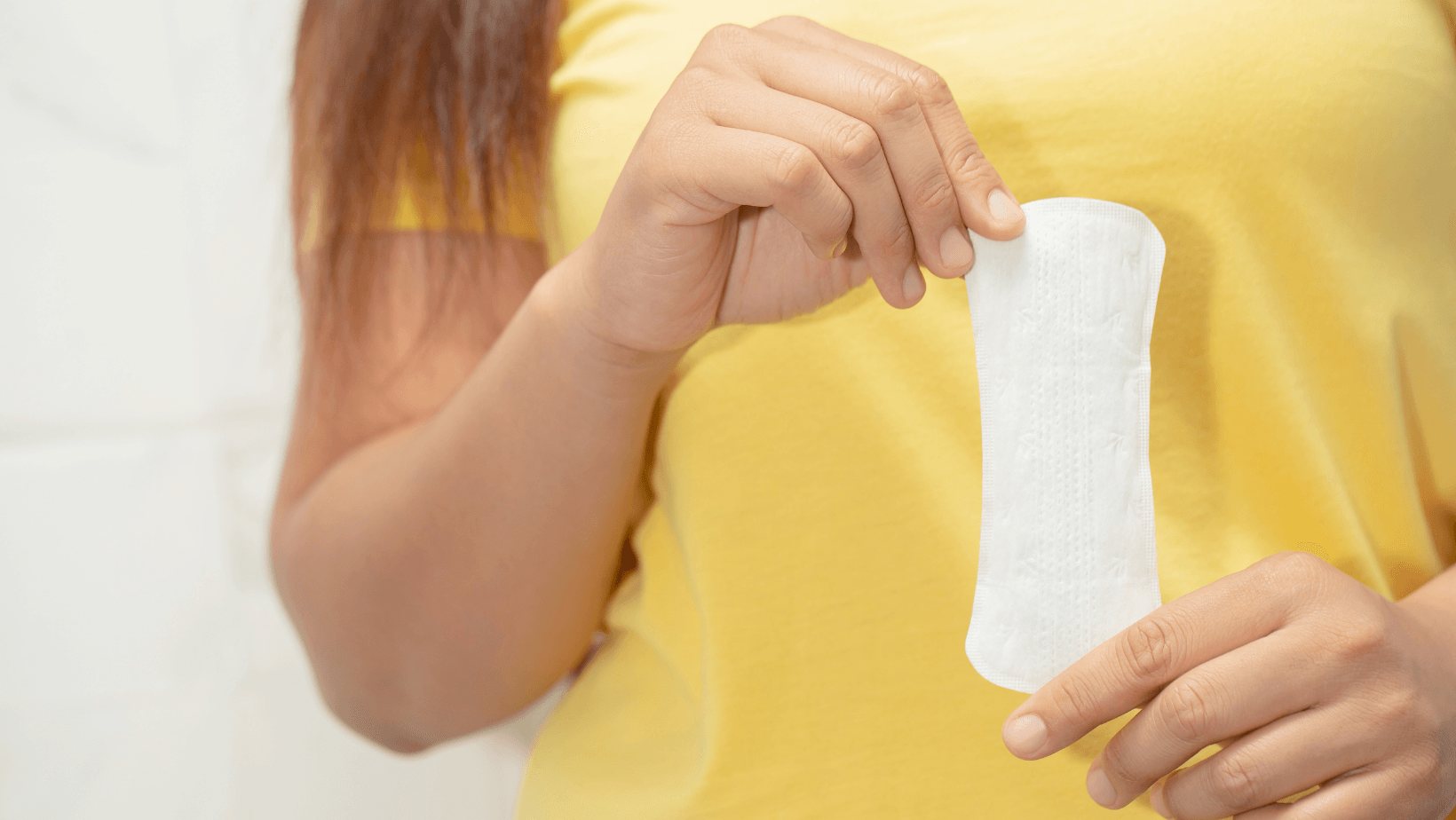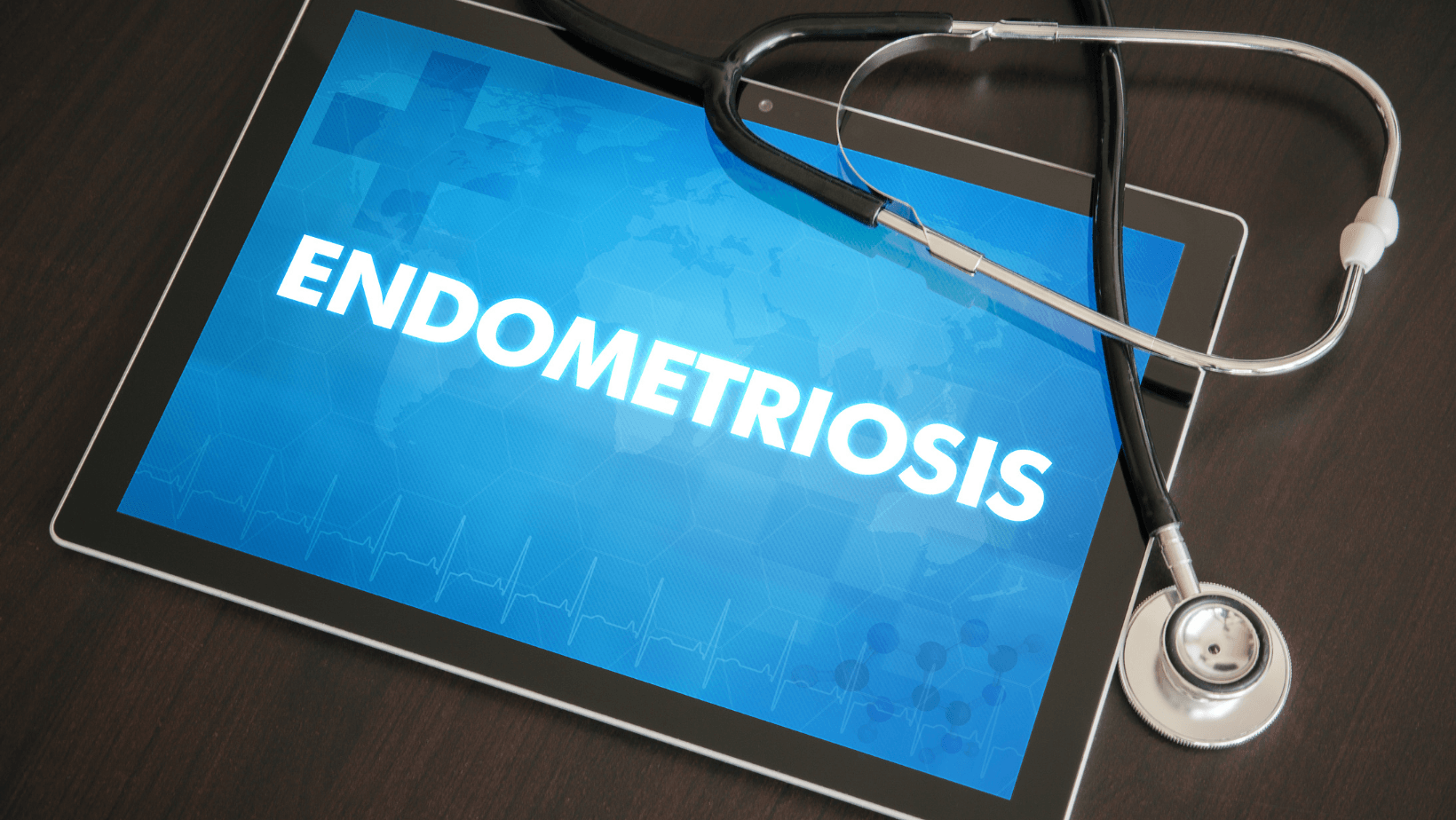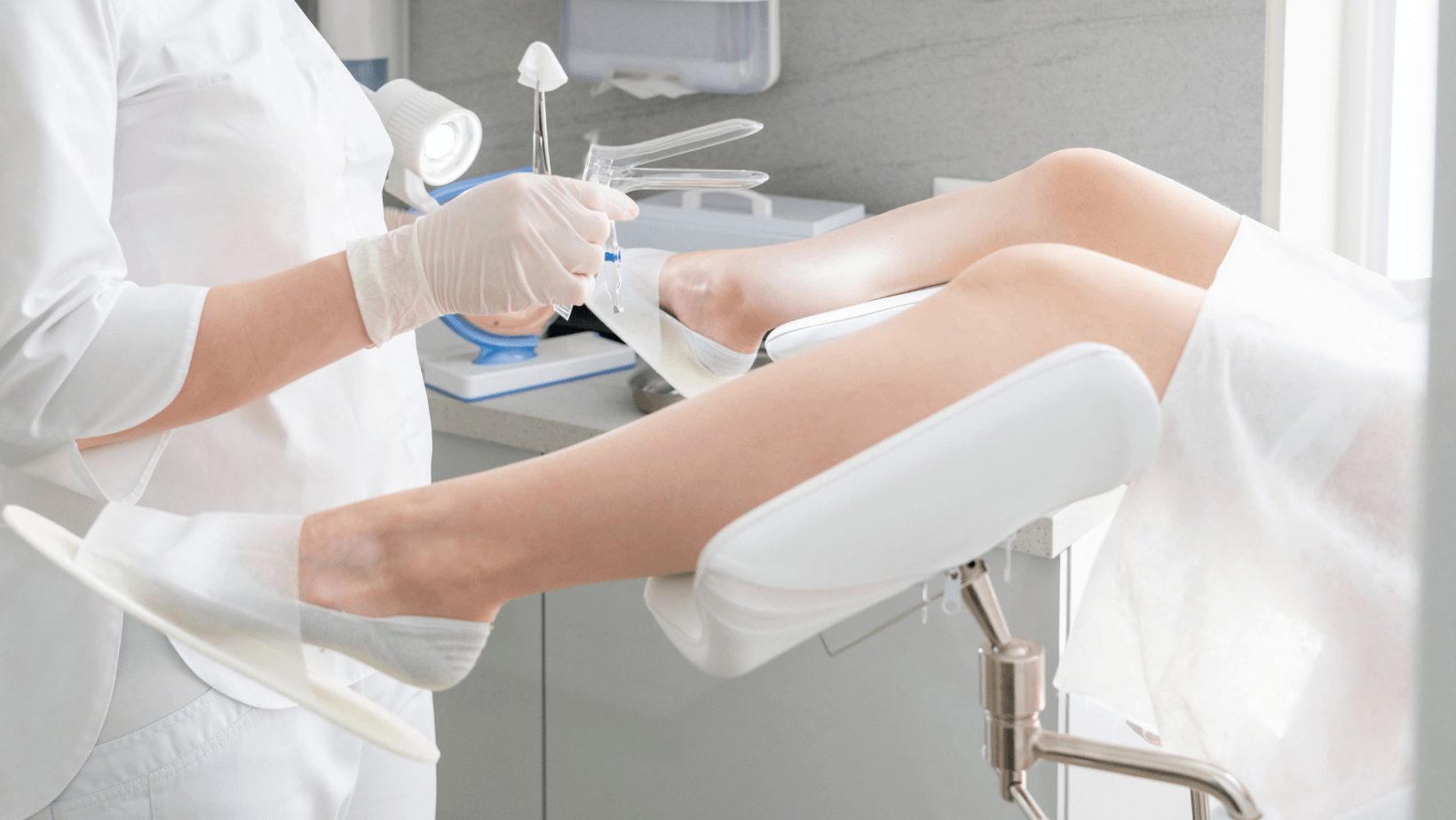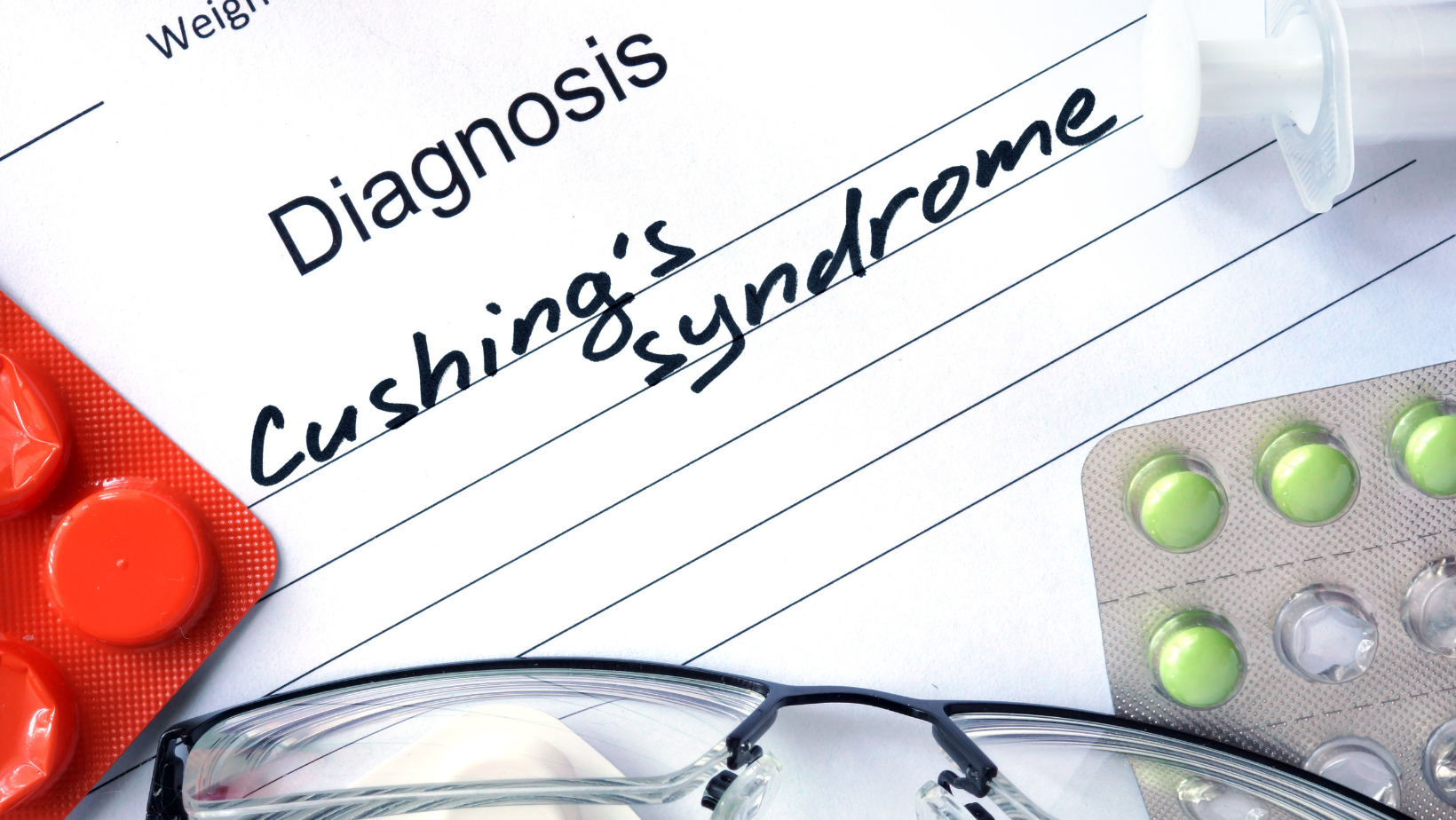Osteoporosis - Symptoms, Causes, and Treatment - Avicenna Health
Osteoporosis
Definition of the illness
Osteoporosis could occur when bone density decreases, where the human body absorbs more bone tissue and produces less to replace the old tissue with the new one.
In people with osteoporosis, the bones become spongy and weaker, so many fractures might happen, especially in the hip, spinal vertebrae, and some peripheral joints, such as the wrists.
Our article will look at how to manage osteoporosis, what causes it, and how it is diagnosed by a doctor.
Symptoms
Usually, there are no osteoporosis symptoms. So, it is called the silent disease. However, you should be aware of the following symptoms:
- Loss of height (nearly an inch or more)
- Change of posture (bending down or leaning forward).
- Shortness of breath (decreased lung capacity due to compressed intervertebral discs).
- Bone fractures
- Lower back pain
Causes
Our bones are generally in a constant state of renewal, so the new bone is forming, and the old bone is breaking down.
During youth, the body creates new bones faster than it destroys old ones and thus increases bone mass. In the 20s, this process became slower, and most people reached their peak bone mass by 30.
As people age, bone mass decreases faster than it increases. The likelihood of having osteoporosis depends on the bone mass you acquired when you were young. The peak in bone mass is partly hereditary.
Risk factors
1- Risks that will not change some risk factors for osteoporosis are not under your control, including:
Gender: Women are much more likely to have osteoporosis than men are. Age: The elderly have a higher risk of osteoporosis.
Race: You are at greater risk for osteoporosis if you are white or of Asian descent.
Family history: when the parent or sibling with osteoporosis puts you at greater risk, significantly if your mom or dad has fractured their hip.
Body frame size: men and women with a small body structure tend to be more likely to have osteoporosis because they may have less bone mass to build on, as they are getting older.
2- Hormone Level
Osteoporosis is widespread in people who have high or low of certain hormones in their bodies. That includes:
Sex hormones: reduction of sex hormone levels may lead to weakening bone.
Thyroid problems: excess thyroid hormone levels may create bone loss.
3- Dietary factors
Low calcium intake
Eating disorder
Gastrointestinal surgery
When to see a doctor
When you have some discomfort at one of the most common sites of osteoporotic bone damage can indicate an unexpected fracture.
In addition, People should see a doctor as soon as they experience this unique type of pain.
Diagnosis
Your doctor may order a test to give you information about the health of your bones before problems start. Bone mineral density (BMD) tests are also known as dual-energy x-ray absorptiometry (DEXA or DXA) scans.
These x-rays use minimal amounts of radiation to determine the strength of the bones in the spine, hip, or wrist. Regular x-rays will only show osteoporosis when the disease is very far along. All women after age 65 should be tested for bone density.
The DEXA test may be done for women with risk factors for osteoporosis. Men over 70 or younger men with risk factors should also consider having a bone density test.
Management
Here the management depends on both changing the lifestyle and medications:
- Lifestyle changes
- Stop smoking
- Limit alcohol: people should not consume more than two alcoholic drinks per day because it may reduce bone formation.
Medication
- Vitamin D and mineral supplements
- Bisphosphonates: The most commonly prescribed osteoporosis medications are bisphosphonates
- Hormone therapy: estrogen, especially when started immediately after menopause.
- Drugs for bone reconstruction: includes
Abaloparatide, Romosozumab and Teriparatide
Differential Diagnosis
- Leukemia
- Lymphoma
- Fractures secondary to bone metastases from cancer
- Pediatric osteogenesis imperfecta
- Renal osteodystrophy
References
- Medscape
- Mayo clinic
- Medical News Today
- Cleveland Clinic

